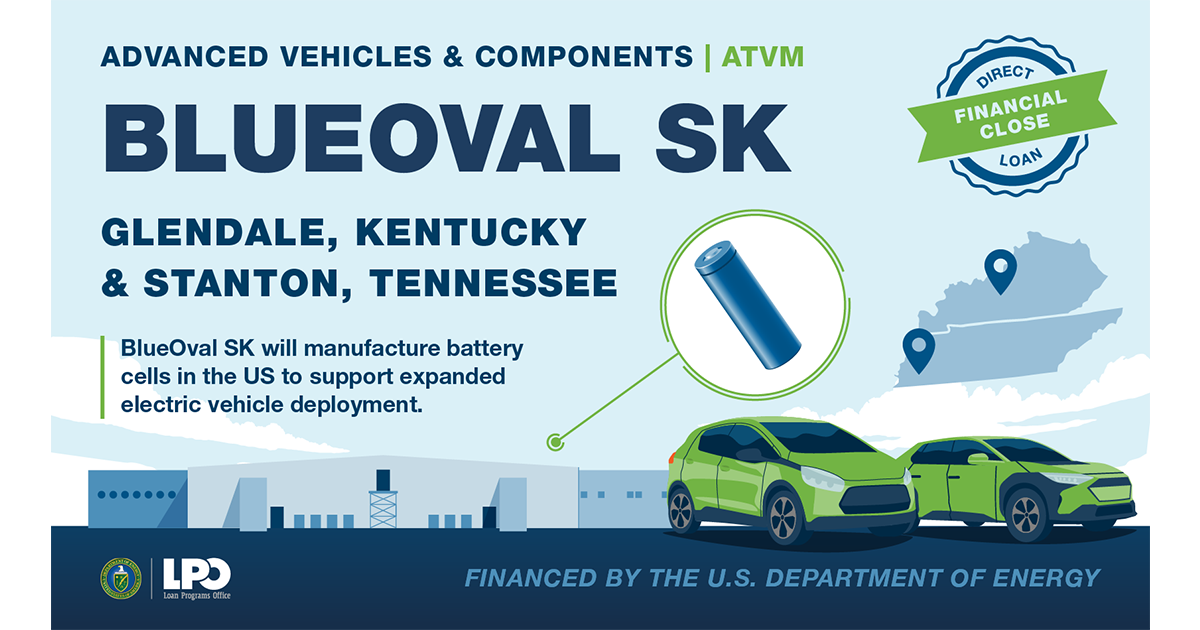
Shaking Up The Energy Future: The Carbon Credit Game; A Greenhouse Gas Shell Game?

This article was written by Nooshin Behroyan.
In the intricate web of environmental policies and corporate strategies, the concept of carbon credits has emerged as a pivotal player. As an environmental engineer and chief executive officer (CEO) navigating the energy industry, I’ve witnessed firsthand the dynamics of what I see as a carbon credit game. It’s a realm where major corporations engage in transactions that promise sustainability but often leave the fundamental question unanswered: Is this activity truly making a physical difference in the future health of the Earth?
Carbon credits, touted as a mechanism to offset greenhouse gas emissions, have become a cornerstone of corporate sustainability strategies. The premise seems straightforward. Companies purchase these credits, typically from projects that reduce emissions elsewhere, to compensate for their own carbon footprint. Airlines, for instance, buy carbon credits to portray themselves as environmentally conscious, implying that less greenhouse gas from their airplanes is hitting the atmosphere.
However, the reality is far more complex. The buying and selling of carbon credits often resembles a shell game, where the movement of emissions offsets doesn’t always align with tangible reductions in atmospheric carbon. Many corporations engage in these transactions not out of a genuine commitment to sustainability but as a means of greenwashing; creating an illusion of environmental responsibility without substantial action.
Carbon credit brokers facilitate these transactions, turning companies’ activities into saleable commodities. Yet, the question remains: Are we merely trading emissions on paper while the planet continues to suffer? As a CEO deeply committed to environmental stewardship, I’ve grappled with this dilemma.
To illustrate the impact of tangible action versus symbolic gestures, let’s consider one of the most corporeal of green tech: methane recapture. Used by some of the largest utilities in the United States and oil and gas operators, this clean technology enables the capture of 99% of methane that would otherwise contribute to the global warming cloud as natural gas pipelines are maintained. Methane recapture is a safe, effective, and less expensive approach to flaring and venting. As a service provider to the utilities and oil and gas operators, we use a methane recapture technology called “cross compression” that, to date, has saved a staggering 830 tons (753 tonnes) of methane from being emitted.
The urgency of real action is underscored by the commitments made at COP28, where the US administration pledged to reduce methane emissions (see “Shaking Up The Energy Future: 2030 Methane Reduction Goal Realities,” Q1 2024 ESG Review p. 8). However, despite such pledges, the reality on the ground falls short of the transformative change needed to combat climate change effectively. The gap between promises and action is glaring, highlighting the limitations of relying solely on carbon credits.
As a member of the business community and a passionate advocate for sustainability, I implore industry leaders to embrace meaningful action. Instead of relying on the carbon credit game to mitigate their environmental impact, companies must seek tangible solutions that drive genuine progress. Actionable ideas include investing in renewable energy projects, adopting innovative technologies, or implementing rigorous emissions reductions strategies.
For any large industry sector, it’s a tall order to implement change. Flaring and venting has been used for a long time throughout the world. It is awe-inspiring to watch some of the biggest players in the gas pipeline industry embrace new technologies. They are making incredibly substantive change for our future generations.
For our colleagues (and with the help of artificial intelligence), we built a calculator to allow our industry measure its methane emissions footprint and see how methane recapture works for infrastructure systems. The tool determines the greenhouse gas footprint and gives companies the insights needed to meet their ESG goals by converting energy data with US Environmental Protection Agency guidelines into digestible information.
The business sector must prioritize transparency and accountability in its sustainability efforts. It’s not enough to simply purchase carbon credits and claim environmental responsibility. True leadership requires a commitment to measurable outcomes and a willingness to confront the systemic challenges contributing to climate change.
In conclusion, the carbon credit game may offer a semblance of environmental stewardship, but its effectiveness in addressing the root causes of climate change remains dubious. As demonstrated by tangible initiatives like methane recapture technology, real progress demands more than symbolic gestures. It demands a concerted effort from businesses, governments, and individuals to enact substantive change and secure a sustainable future for generations to come. Let us heed this call to action and embark on a path of genuine environmental responsibility.









